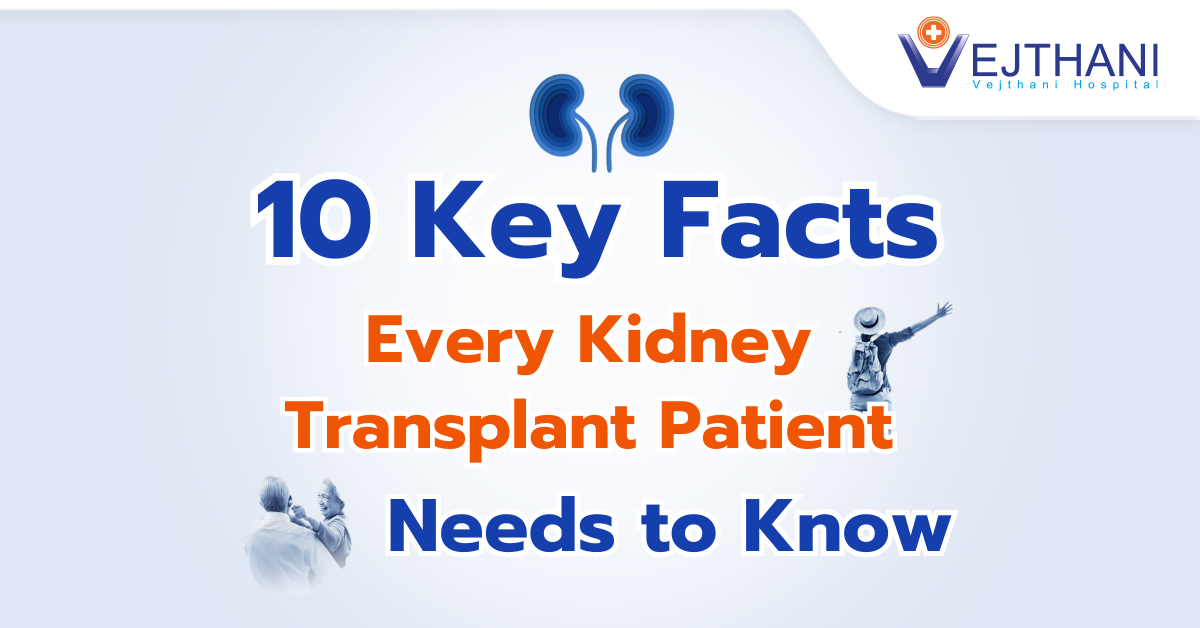
Electroejaculation
Overview
Electroejaculation is a medical procedure employed to retrieve sperm when natural ejaculation is not possible due to conditions like spinal cord injury or nerve disorders. During the procedure, a healthcare provider inserts an electrical stimulator into the rectum to gently stimulate the prostate gland with electrical currents, prompting ejaculation. The ejaculated fluid, containing sperm, is collected, sometimes with the aid of a catheter inserted into the penis. This sperm is then used by a reproductive specialist to facilitate conception for the patient’s partner or a gestational surrogate.
Ejaculation
Ejaculation is the process of releasing semen and sperm, the male reproductive cells. During ejaculation, seminal fluid mixes with sperm to provide nourishment and protection, crucial for maintaining sperm health and viability, essential for conception and pregnancy.
Typically, ejaculation coincides with the orgasmic phase of the sexual response cycle for most individuals. The central nervous system governs the ability to ejaculate. Sexual arousal triggers the filling of blood vessels in the penis, leading to an erection. Ejaculation occurs at the peak of excitement, also known as climax, during the following circumstances:
- When the vas deferens tubes, which store and transport sperm from your testicles, constrict or squeeze, sperm is directed toward the base of your penis.
- The prostate gland and seminal vesicles near the base of your penis release semen, which mixes with sperm.
- Muscles at the base of your penis then contract, expelling the semen and sperm through the opening of your penis.
Reasons for undergoing the procedure
Male infertility might be caused by certain diseases that impair ejaculation. To create a biological child, you could require electroejaculation as part of your fertility treatments.
The following illnesses can lead to infertility and difficulties with ejaculation:
- Paralysis or spinal cord injuries.
- Multiple sclerosis.
- Diabetic neuropathy.
- Sexual dysfunction, such as issues with ejaculation and erectile dysfunction.
Risks
Electroejaculation can potentially raise heart rate and blood pressure in individuals with spinal cord injuries. Monitoring by a healthcare provider is crucial to promptly address any such concerns.
In rare cases, burns may occur due to the stimulator device.
Before the procedure
Depending on the cause of the ejaculation problem, your doctor may first suggest Penile Vibratory Stimulation (PVS). This method involves using medications to achieve an erection if necessary, followed by applying a vibrating device to the tip of the penis. The vibrations are intended to stimulate orgasm and ejaculation. If penile vibratory stimulation does not achieve the desired results, electroejaculation may be considered as the next step.
During the procedure
General anesthetic is administered to you so that you can sleep through the process. After that, you need someone to drive you home. You may not require anesthetic if you have no sensation below the waist.
Throughout the process, you can lie on your side or face up. Your doctor:
- Inserts a catheter to drain the urine from your bladder through your urethra.
- Uses a catheter to inject a medicine into the bladder to reduce the acidity of the organ. This protects sperm that might enter the bladder during ejaculation (retrograde ejaculation).
- Inserts a lubricated stimulator device into the final segments of your digestive system, the anus and rectum.
- Places the gadget in close proximity to your prostate gland.
- Turns on the gadget, which stimulates your prostate gland with a low-level electric current. After one to two seconds, the provider stops the current, marking the completion of a stimulus cycle.
- Repeats the stimulus cycle, progressively increasing the strength (typically after two or three stimulus cycles) until ejaculation occurs.
- Extracts sperm and seminal fluid from your bladder and penis using the catheter.
- Takes out the stimulation device and catheter.
After the procedure
While you are still under anesthesia, your doctor may perform an immediate semen analysis to evaluate the quantity and quality of your sperm. If the sperm is healthy and capable of facilitating conception, it will be frozen and stored in a laboratory for future fertility treatments, a process known as sperm banking.
In cases where no sperm is present in the ejaculate (azoospermia) or the sperm is not viable for achieving pregnancy, your provider may recommend testicular sperm extraction, assuming prior consent has been given. During this procedure, sperm is retrieved directly from the testicles. Opting for testicular sperm extraction later would require undergoing another surgical procedure.
After electroejaculation, conception can happen in a few distinct ways:
- Artificial insemination: Your doctor will inject your sperm into the uterus of the recipient during artificial or intrauterine insemination (IUI).
- In Vitro Fertilization (IVF): Your doctor fertilizes your partner’s (or your surrogate’s) eggs with your sperm in a lab to create embryos. These embryos are then placed inside the uterus by your provider. Alternatively, you could decide to cryopreserve the embryos by freezing them.
Outcome
Following the surgery, you may experience mild pain and discomfort for a few days, which can be managed with over-the-counter painkillers.
It’s common to experience dysuria, or painful urination, during this period. If this persists beyond three days, it’s advisable to consult your doctor. It could indicate a urinary tract infection (UTI) requiring treatment with antibiotics.
Contact Information
service@vejthani.com






















